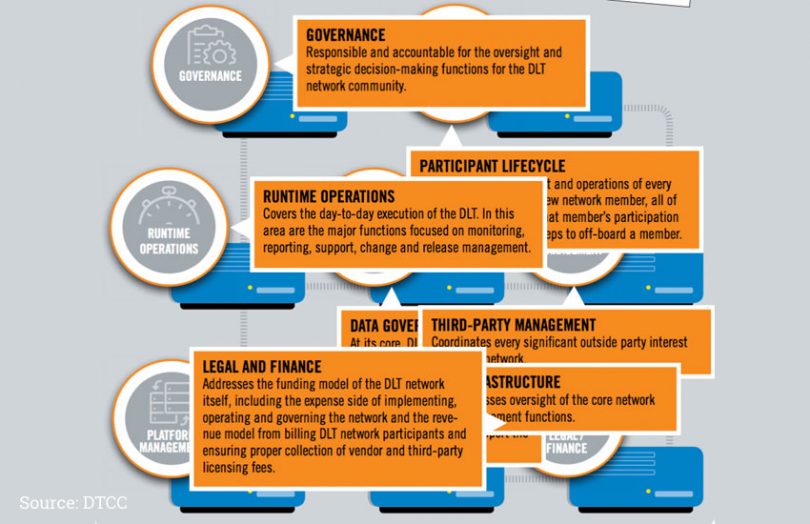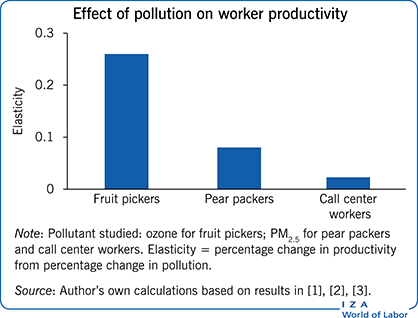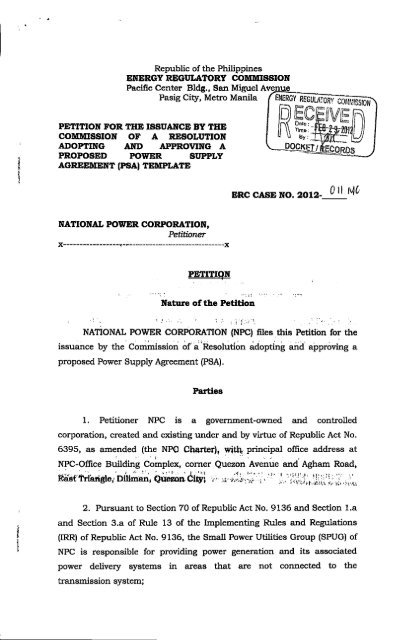Letter of Credit vs Line of Credit What’s The Difference With Table

The independent variables of quadriceps femoris muscle force, limb alignment, medial laxity, IKOS score, and the interaction between medial laxity and self-reported knee instability (medial laxity × IKOS score) were entered one at a time into each regression model. Hierarchical regression is an incremental approach to multiple regression in which variables are entered into the model based on a priori hypotheses. It can be performed so that the last variable entered into the model is the independent variable whose relationship to the dependent variable is unknown. As such, the IKOS score was entered into the model last in order to assess the influence of self-reported knee instability after accounting for the influence of the other independent variables. Thus, quadriceps femoris muscle force was entered into the model first, followed by limb alignment, then medial laxity, then IKOS score, and finally the interaction term between medial laxity and IKOS score.

“A Letter of Credit (LC) is a letter or document from a bank which guaranteeing that a buyer’s payment to a seller will be received on time and for the correct amount.” It also known as a documentary credit or bankers commercial credit, or letter of undertaking (LoU). A confirmed letter of credit involves a bank other than the issuing bank guaranteeing the letter of credit. The confirming bank ensures payment under the letter of credit if the holder and the issuing bank default. The issuing bank in international transactions typically requests this arrangement. A letter of credit, or a credit letter, is a letter from a bank guaranteeing that a buyer’s payment to a seller will be received on time and for the correct amount. If the buyer is unable to make a payment on the purchase, the bank will be required to cover the full or remaining amount of the purchase.
Quadriceps Femoris Muscle Function
The Standby Letter Of Credit (SBLC) is governed by a set of guidelines known as the Uniform Customs and Practice (UCP 600), which was first created in the 1930s by the International Chamber of Commerce (ICC). It is particularly useful where the buyer and seller may not know each other personally and are separated by distance, differing laws in each country, and different trading customs. It is a primary method in international trade to mitigate the risk a seller of goods takes when providing those goods to a buyer. It does this by ensuring that the seller is paid for presenting the documents which are specified in the contract for sale between the buyer and the seller. That is to say, a letter of credit is a payment method used to discharge the legal obligations for payment from the buyer to the seller, by having a bank pay the seller directly.
An angle of less than 180 degrees was defined as varus, and an angle of greater than 180 degrees was defined as valgus. Measurements were done by one author (LCS), and the intraclass correlation coefficient (ICC) for repeated measurements using these methods was .978. Verification and acceptance of the MT760 the Receiver’s bank transfers the lease fee via MT 103 to the designated bank account of the Provider, specified in this agreement above 9%. Provider’ s bank issues MT 760 as per Verbiage Annex C and sends Hard Copy to the Receiver.
During the first session, self-assessment questionnaires were completed, physical function was assessed, and quadriceps femoris muscle strength was evaluated. During the second session, radiographic assessments of tibiofemoral joint alignment and frontal-plane laxity were completed. Documents required under the LC, could in certain circumstances, be different from those required under the sale transaction. This would place banks in a dilemma in deciding which terms to follow if required to look behind the credit agreement. In any event of non-payment by the buyer for the purchase, the seller can demand payment from the bank. The bank takes action based on the terms and regulations of the contract, and if it complies with the letter of undertaking, then the demand of the seller is honoured.
Identification of autophagy-associated circRNAs in sepsis-induced … – Nature.com
Identification of autophagy-associated circRNAs in sepsis-induced ….
Posted: Fri, 21 Jul 2023 07:00:00 GMT [source]
Although both the letter of credit and line of credit have two things in common, they are both forms of credit extension from the bank, and this instrument can be used as a method of payment to the seller or buyer. But apart from that, the line of credit and letter of credit have very diverse functionality and are accommodating to many of their customers. Both the letter of credit and line of credit provide a variety of options for different sectors and different uses by the consumer.
International trade will also sometimes use an unsecured—red clause—letter of credit. If this were not the case, the bank would be entitled to withhold payment even if the deviation is purely technical or even typographical. If the documents do not comply with the terms of the letter of credit they are considered Discrepant.
SBLC Meaning & bg sblc providers
Alternatively, performance of a contract – including an obligation under a documentary credit relationship – could also be prevented by external factors such as natural disasters or armed conflicts. Letters of credit are a dependable payment mechanism in international trade because of the factors like distance and different laws of the country. Generally, the parties to a letter of credit are the applicant or the importer who appeals to the bank to issue the Letter of credit, the importer’s bank that issues the letter of credit, and the exporter (beneficiary).
- Further investigation also is necessary to reproduce these findings with larger sample sizes and to evaluate the long-term consequences of self-reported knee instability on joint integrity.
- Later on, the purpose of the line of credit increased, such as for personal and business use.
- We evaluated the frequency distribution of sex and radiograph severity (K-L grade II, III, or IV) among the knee instability groups using chi-square tests of independence.
- It can be performed so that the last variable entered into the model is the independent variable whose relationship to the dependent variable is unknown.
- The supplier finds his confidence in the fact that if such stipulations are met, he will receive payment from the issuing bank, who is independent of the parties to the contract.
- It is particularly useful where the buyer and seller may not know each other personally and are separated by distance, differing laws in each country, and different trading customs.
Because the bank and the exporter have an existing relationship, the bank is knowledgeable of the buyer’s creditworthiness, assets, and financial status. Letters of credit are typically provided within two business days, guaranteeing payment by the confirming Citibank branch. This benefit is especially valuable when a client is located in a potentially unstable economic environment. This is a direct payment method in which the issuing bank makes the payments to the beneficiary. In contrast, a standby letter of credit is a secondary payment method in which the bank pays the beneficiary only when the holder cannot. Because a letter of credit is typically a negotiable instrument, the issuing bank pays the beneficiary or any bank nominated by the beneficiary.
Implementing the ICC uniform rules for digital trade transactions (URDTT)
The regulating bodies for such LCs and Lous are the International Chambers of Commerce, also known as Uniform Customs and Practices for Documentary Credits. In any of the aforementioned cases, some banks require collateral from the buyer, and a letter of credit is issued for which a fee based on a percentage of the LC balance is charged. For all variables of interest, means and standard deviations or 95% confidence intervals were calculated for the self-reported knee instability groups (I0, Im, and If). One-way analyses of variance were used to evaluate differences among the knee instability groups in age, body mass index (BMI), radiograph variables, quadriceps femoris muscle force, scores on KOOS subsets, and time of SCT (dependent variables). Post hoc testing was done with least significant difference tests, when appropriate. We evaluated the frequency distribution of sex and radiograph severity (K-L grade II, III, or IV) among the knee instability groups using chi-square tests of independence.

The buyer can be confident that the goods he is expecting only will be received since it will be evidenced in the form of certain documents, meeting the specified terms and conditions. The supplier finds his confidence in the fact that if such stipulations are met, he will receive payment from the issuing bank, who is independent of the parties to the contract. Other forms of effected payment is the direct payment where the supplier ships the goods and waits for the buyer to remit the bill, on open account terms. Our findings are consistent with those of Fitzgerald et al,27 who reported that a large percentage of people with medial tibiofemoral, lateral tibiofemoral, and patellofemoral OA report knee instability that influences function beyond pain, range of motion, and weakness. Similarly, Felson et al26 reported that people who experienced knee buckling had higher disability scores on the WOMAC questionnaire independent of pain, weakness, age, and BMI. Our findings, along with those of Felson et al26 and Fitzgerald et al27 strongly indicate that self-reported knee instability, or buckling, is an important factor in people with knee OA.
Letter of Credit: What It Is, Examples, and How One Is Used
In the year 1933, the international rules came into action, and the letter of credit came into full functionality. The International Chambers of Commerce (ICC) and the Uniform Customs and Practice for Documentary Credits (UCP) offered a better framework for banks to use LOCs for worldwide transactions. The first version of UCP, known as UCP 82, is now updated to UCP 600, which was amended in 2007. Our sample was inclusive of individuals with only medial knee OA of an idiopathic origin.

The If group took approximately 4 seconds longer to complete the task compared with those participants without self-reported knee instability (I0 group), but this difference was not statistically significant. There are a number of performance-based measures of function available to clinicians that were not used in this study, and further investigation is needed to understand the impact of knee instability on performance-based measures of function. A letter of credit (LC), also known as a documentary credit or bankers commercial credit, or letter of undertaking (LoU), is a payment mechanism used in international trade to provide an economic guarantee from a creditworthy bank to an exporter of goods. Letters of credit are used extensively in the financing of international trade, where the reliability of contracting parties cannot be readily and easily determined. Its economic effect is to introduce a bank as an underwriter, where it assumes the counterparty risk of the buyer paying the seller for goods.
Revolving Letter of Credit
It is important to identify the source of increased frontal-plane motion in this patient population. This study showed that in people with medial knee OA, self-reported knee instability is a problem that does not have a direct association with medial laxity, quadriceps femoris muscle weakness, and varus alignment. In addition, self-reported knee instability can influence function over and above that explained by laxity, weakness, and malalignment. We acknowledge that there are several other factors that may contribute to function that were not included in this study.
- The line of credit was started pretty much around the same time and spread all over the world with deliberate speed.
- However, the study by Felson et al included individuals with and without radiographic evidence of knee OA, so it is possible that different factors may predict knee buckling in people with OA.
- This means that the bank need only be concerned with whether the document fulfils the requirements stipulated in the letter of credit.
- The line of credit (LOC) is the extended credit facility provided by banks and financial institutions to the government, business, or private individual customers, which allows the customer to draw the facility they need with funding.
In the Nirav Modi-Mehil Choksi case, the term of loan was allegedly extended far beyond what is prescribed as per the rule book. Even the PNB and other lenders are slugging out over the loan term, which should not have been extended, says PNB, longer than 90 days. The SBLC will be used as a partial difference between lou and lc collateral for an already approved and signed line of credit. The credit line has a term of 15 years and the SBLC will be exchanged upon expiry – within 11 months, against mortgage for the Real Estate property, that will be acquired by our company, during the first year of the credit term.
Dr Schmitt, Dr Fitzgerald, and Dr Rudolph provided concept/idea/research design. Dr Rudolph provided project management, fund procurement, and facilities/equipment. Dr Fitzgerald and Dr Reisman provided consultation (including review of manuscript before submission). The authors acknowledge Papastavros Medical Imaging for assistance with radiographs and Michael Axe, MD, for assistance with participant recruitment.
The interaction term was calculated by multiplying the Z-scores for medial laxity and IKOS score. This technique allowed us to determine the influence of medial laxity, IKOS score or the interaction between the 2 on knee function after strength and alignment had been accounted for. For all analyses (using SPSS version 13.0‖), significance was established when the alpha level was ≤.05. Declines in function in people with knee OA have been attributed to both frontal-plane laxity and knee alignment.14,29 However, we did not find any relationship between medial laxity or varus alignment with any measure of function. Work by Sharma and colleagues14 showed that total frontal-plane laxity was related to decreased function in individuals with medial tibiofemoral, lateral tibiofemoral, and patellofemoral OA. In the present study, we included only individuals with medial tibiofemoral OA, so the more homogeneous sample may have influenced the ability to find a relationship between frontal-plane laxity and knee function.
As a customer, it is our right to be fully informed of the functions, rules and regulations, and limitations of the scheme provided by the banks and financial institutions. The line of credit was started pretty much around the same time and spread all over the world with deliberate speed. The line of credit initially had the function of withdrawing money and paying the interest on the fees as per the contract decided during the period. Later on, the purpose of the line of credit increased, such as for personal and business use. For personal use, the credit was taken to consolidate high-interest debt, emergency funding, college tuition fees, home renovations, and so on.
